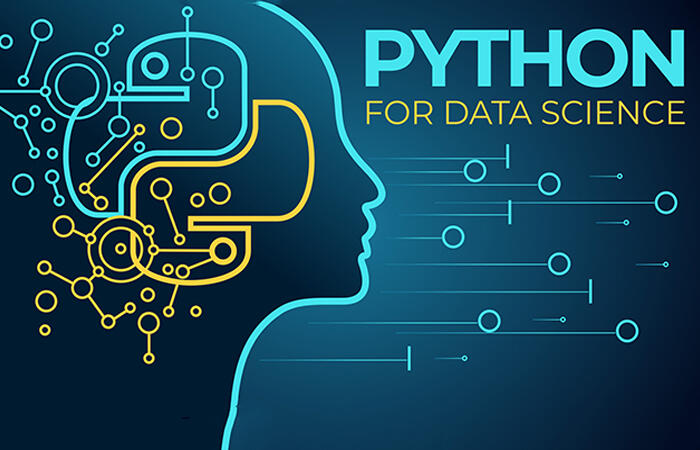TS
swethakrishn017
Learn Python for Data Science—Steps to Become a Python Expert
Introduction
Data science-focused Python libraries include Pandas, NumPy, SciPy, Matplotlib, scikit-learn, TensorFlow, and Seaborn. These facilitate work and free up your attention for more significant tasks. It also has a simple syntax and is very readable. Additionally, open-source Python is constantly being improved by a sizable community. If you are interested in pursuing a career in data science, learning Python is a fantastic place to begin; in fact, the majority of data scientists start their careers using Python.
Steps to Learn Python for Data Science
Strengthen the Python Basics
Python is a very simple language, making it a good choice for teaching programming to university students. Its syntax is uncomplicated. Programs written in Python are simple to read, write, and comprehend. Learn the fundamentals of Python before you start using it. Types, expressions, variables, and string operations are some of these.
Understand Python Data Structures
Following the fundamentals, you must comprehend a variety of data structures, including lists, tuples, sets, and dictionaries. When writing Python code, you will make use of these. This will also aid in your understanding of Python's workings. Try out some drills on these.
Master some Language Fundamentals
You now comprehend the fundamentals of Python and its data structures. Let's now move on to some basic linguistic concepts. Learn about recursion, functions, for- and while-loops, and conditions like if..else and if..elif..else. Additionally, you should become familiar with Python's classes, objects, and packages.
Learn to Use Python to Work with Data
Let's now explore how to work with data using Python. This includes using Python to read and write files. Learning how to read, manipulate, and save data using Pandas is also a part of this. Additionally, data preprocessing is required.
Want to become a Python expert? Enrol in a data science course offered by Learnbay.

study to Analyze Data & Gain Insights
Learn how to use different Python libraries to analyze data and draw conclusions from it. This includes the ndarray class from NumPy, the dataframe type from Pandas, numerous SciPy functions and methods, and various scikit-learn machine learning techniques. Additionally, you will frequently need to create and train models.
Grasp the Data Visualization Concept
Python offers a variety of options for visualization libraries. These include Matplotlib, Seaborn, ggplot, plotly, and Bokeh, to name a few. If you want to work as a data scientist, you must develop your data visualization skills. This makes hidden patterns in the data visible.
Learn to Use Python Libraries
As already mentioned, Python has many data science and machine learning libraries. SciPy, NumPy, Pandas, Scikit-Learn, Matplotlib, Seaborn, Theano, TensorFlow, Keras, and XGBoost are a few of these. Discover them and discover how to use them.
Work on Real-world Python Projects
Pick a few personal projects to work on. Additionally, you can participate in some open-source public projects to hone your Python and data science abilities. Finally, work on the Top Python Projects with Source Code to show hiring managers your Python proficiency.
Summary
Python is an excellent choice for object-oriented programming because it is high level, open source, and interpreted. Data scientists use it as one of the best languages for various projects and applications. Are you eager to learn Python for Data Science with Learnbay now that your plan is prepared?
Are you interested in pursuing a career as a data scientist? Students in the Learnbay data science course in Pune work together towards real-world projects with industry specialists.
0
192
1
Komentar yang asik ya
Urutan
Terbaru
Terlama
Komentar yang asik ya
Komunitas Pilihan